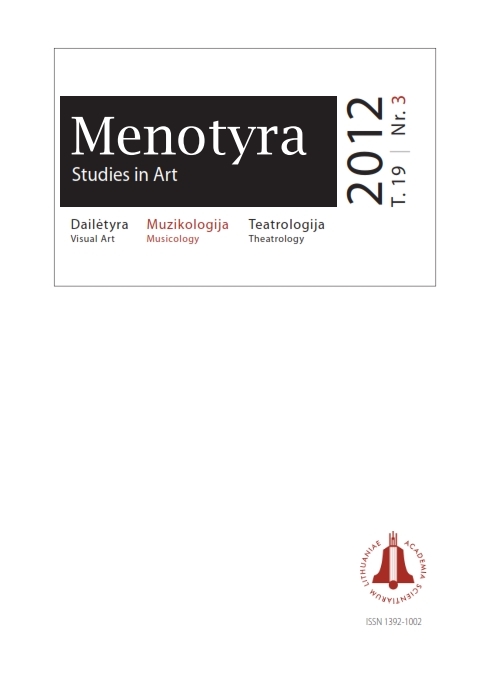Cantata “Jesu, der du meine Seele”, BWV 78 by Johann SebastianBach: structural, symbolic, and harmonic aspects
Cantata “Jesu, der du meine Seele”, BWV 78 by Johann SebastianBach: structural, symbolic, and harmonic aspects
Author(s): Vidas PinkevičiusSubject(s): Fine Arts / Performing Arts, Music
Published by: Lietuvos mokslų akademijos leidykla
Keywords: baroque music; Bach; vocal works; cantata; form; Leipzig works; musical analysis; text painting; harmony; figura corta; cantus firmus; chaccone; lament; ritornello; musical sermon; aria; chorus;
Summary/Abstract: Johann Sebastian Bach left us a body of works that are up until this day unequalled in their depth of thought, perfection of form, hidden symbolism, harmonic colour, and contrapuntal complexity. In comparison with the other works of Bach, relatively little research has been conducted in regard to his many cantatas. Unfortunately, about 2/3 of his output in that genre are lost. After being appointed in Leipzig as the Cantor and Music Direc- tor in 1723, J. S. Bach sought to realize his idea which he referred to as “the ultimate goal of regulated church music”. For Bach, “regulated church music” meant that no one could interfere with his musical ambitions and projects. From the Obituary it appears to be true that in the 1720s Bach wrote as many as five annual cantata cycles. Moreover, he was determined to supply a cantata every week for the service at St. Thomas church. This duty not only meant to compose a major work every week (and sometimes even more often) but also be able to copy it, rehearse it and prepare for performance. The cantatas were sung after the Gospel reading before the sermon; sometimes a second cantata, or more commonly the second part of the one, could follow the sermon. This article is focused on in many respects one of the most extraordinary Bach’s cantatas, “Jesu, der du meine Seele”, BWV 78. The aim of the research is to provide comprehensive analysis of the cantata and to reveal the composer’s structural, symbolic, and harmonic principles. This article also shows that a traditional Bach cantata in Leipzig was like a musical sermon, which was performed before the real sermon of the pastor. Each of the seven movements of the cantata is analyzed to provide a glimpse to Bach’s compositional techniques, formal procedures, prolific text painting elements, and harmonic aspects.
Journal: Menotyra
- Issue Year: 19/2012
- Issue No: 3
- Page Range: 165-183
- Page Count: 19
- Language: English

